In Part 1 of our article, we spoke about Activities of Daily Living (ADL) as one of the most important areas that a child must do in order to be independent.
To help your child to become independent at home, consider the following tips:
- Give your child time and opportunity
As much as possible, let your child do things such as; putting on their shirts and pants, taking off shoes and socks, washing their hands, soaping their bodies during bathing, combing their hair, on their own. Try to resist jumping in and doing all the work especially if you see that they are having some difficulty. Provide minimal assistance and as much as possible let them finish the task themselves. It may take a longer time than usual for your child to do so, but just remember that with practice, they will be able to do the task more easily and quickly. Ensure that you give ample time for your child to perform the task at hand and don’t rush him.
- One Step at a Time

To teach your child how to complete a self-care task, it is best to break down the task into smaller steps and teach them one step at a time. This is called chaining. There are two ways to use this technique, either you start at the first step (called forward chaining) or the last step (backward chaining). For example, in teaching your child to put on his T-shirt, you can either start by making him put the shirt on over his head (first step) or by making him pull down the shirt once his arms are inserted (last step). You can assist your child in completing the task while he masters the desired step. As your child succeeds with each step, you can then proceed to the next step and so on.
- Give judicious praise
Children are always on the lookout for approval especially to see if what they have done is correct or not. Praising your child by saying “good job!” or “well done!” will improve their self-esteem and confidence. Even if the result is not that stellar, ensure your child knows that you appreciate their effort and encourage them to keep trying. Dr. Frances Walfish, a child and parent psychotherapist and author of The Self-Aware Parent says: “Toddlerhood is a crucial time and the precursor to adolescence, so parents should praise even the smallest accomplishments at first – putting on their socks, pouring their own juice – to advance them on the path to self-reliance.”
However, try not to overdo giving praises as your child may expect this instead of wanting independence. As you child masters each task or step, gradually fade out giving praise until he is able to do the task on his own. When giving praise, always ensure that the reason behind the praise is clearly stated or explained. For example, saying “good job for washing your hands on your own” instead of just saying “very good”.
- It’s okay to fail
It is okay for your child to not get it on the first few tries. Experiencing failures often helps your child to learn and helps them mature into more independent individuals. As a parent, you can help them review what they’ve done wrong and think of ways they can do better next time. This way, you are also teaching them how to view and solve simple problems, which is a good way to encourage self-reliance. Remember to reassure your child that everyone makes mistakes and it is the effort that counts. You can also encourage them to complete the task using a different approach. This will promote both self-reliance and creativity.
⇒ Related Read: Teaching Our Children The Value Of… Failing
- Allow for choices
Part of being independent is making decisions for yourself, so try and let your child make some of his own choices throughout the day. You can let them choose what shirt to wear or what they want to eat for lunch. However, make sure that you still provide some limits. The key is not to ask open-ended questions. Narrow down their choices by providing only two or three options. This way, you have given them the power to choose while maintaining parental control.
- Establish Routines
To ensure that your child has enough time to practice and perform their self-care tasks, it is helpful to establish a schedule. You can include time for meals, play, leisure, and self-care tasks. Through this schedule, you are also teaching your child good time management and structuring their self-care tasks. For example, you can establish the routine of brushing teeth or taking a bath just before bedtime. For a schedule to be effective, contracts with reinforcements should be set. Reinforcements may be in the form of simple tokens such as stars, which they collect and exchange for privileges (e.g. a toy, extra play or TV time).
- Let the child help in some household chores
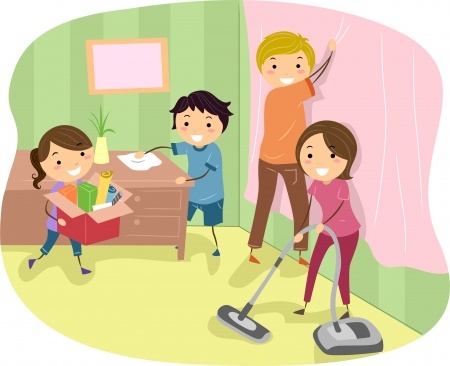
As your child feels more confident in his ability to do things on his own, you can also give him the responsibility of some light household tasks (watering the plants, keeping his toys on the shelves, or wiping the table). This way, your child will feel like he is contributing to the family. This also provides good bonding opportunities for the family.
- Provide a Child-Friendly Environment
To develop independence, you should let your child explore and learn more from their surroundings. That is why it is important to ensure that your home is safe and child-friendly. Instead of running around saying “no!” every time he touches something that could harm him, put dangerous objects out of reach. At the same time, create opportunities for independence by placing desired toys and food within reach. This will give him more autonomy, and you some added peace of mind.
When you teach your child to become independent, you empower them to be competent and capable of taking care of themselves. Encouraging independence ultimately teaches your child how to cope with the environmental demands of such a fast-paced, demanding world. By giving them the freedom to experience and learn important things on their own, you pass on the gift of independence which will greatly contribute to their success later in life.
By Katerina Atlas, Occupational Therapist, The Children’s Therapy Centre.
This article was first published in The New Age Parents e-magazine.
⇒ For part 1 of the article, visit: Teaching Our Children To Be Independent (Part 1)
* * * * *
Like what you see here? Get parenting tips and stories straight to your inbox! Join our mailing list here.
Want to be heard 👂 and seen 👀 by over 100,000 parents in Singapore? We can help! Leave your contact here and we’ll be in touch.










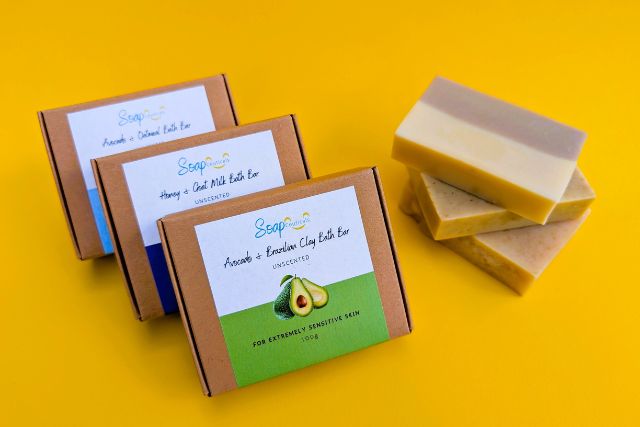
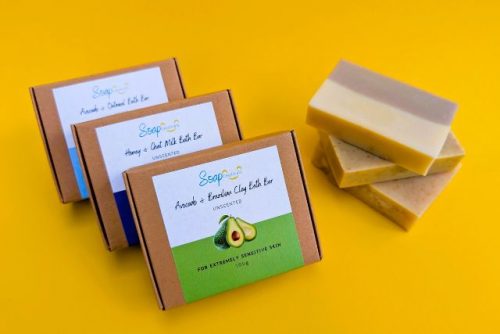














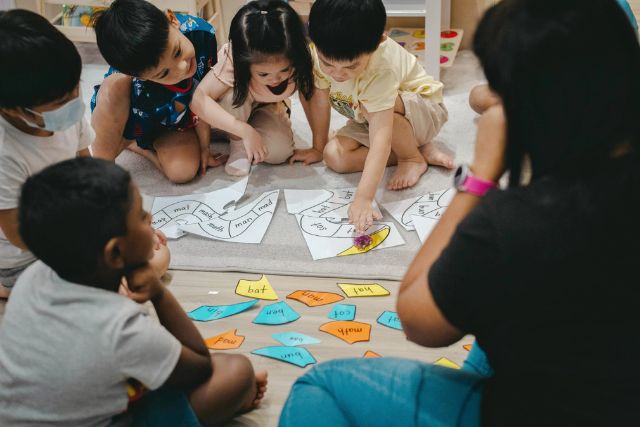










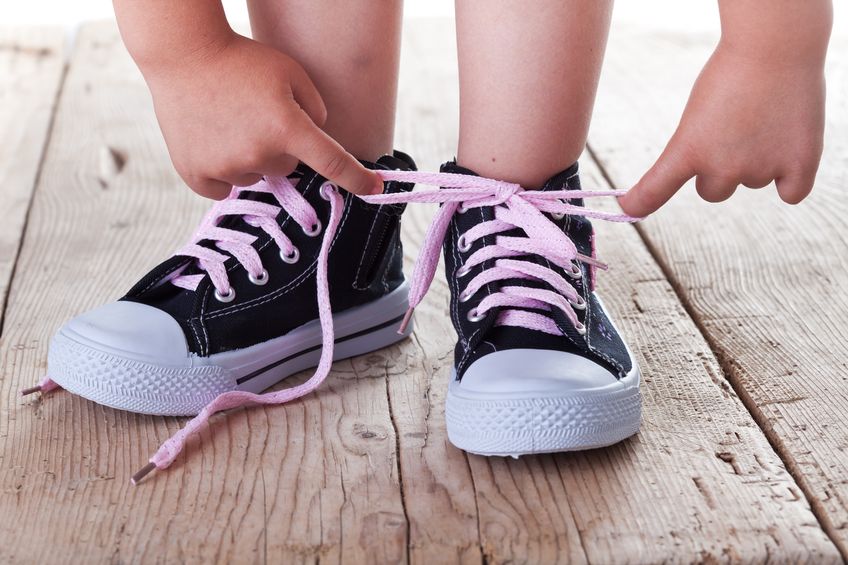
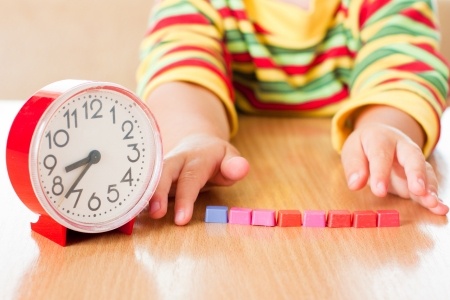





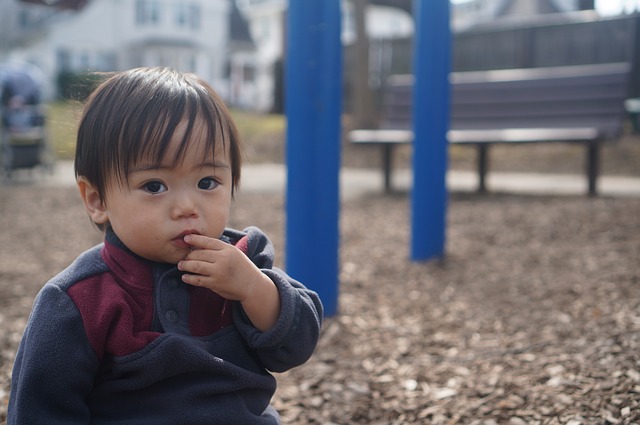

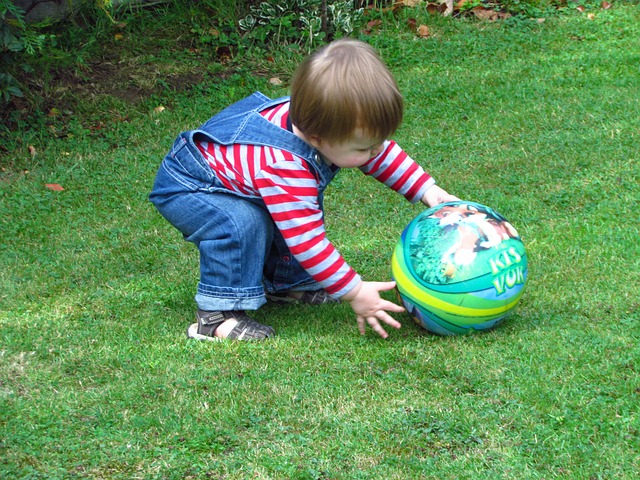


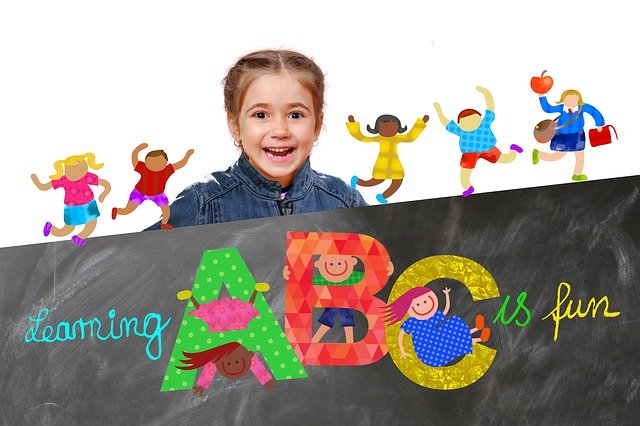










Leave a Comment: